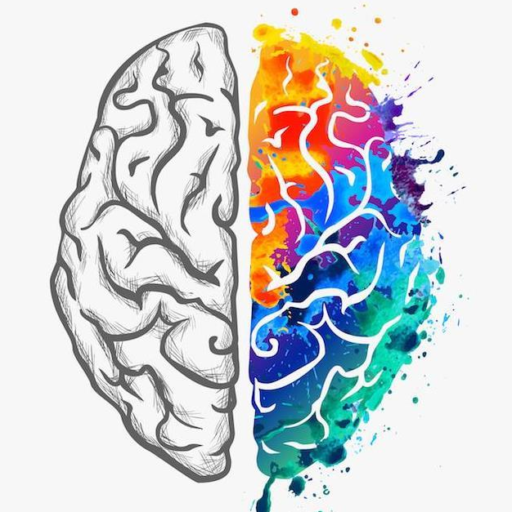Humans interact with each other daily and how we interact with other humans greatly depends on our understanding of theory of mind. The theory of mind is the capacity to assign metal states such as beliefs, intent, desires etc. to others, which can also be expressed as everyday mindreading (Hewson, 2015). Theory of mind seems to follow a developmental trajectory, therefore, to grasp a better understand of theory of mind in humans, it is useful to study all stages of human life such as infancy, childhood and adulthood. This essay will explore three studies that greatly affected the understanding of theory of mind in humans in everyday life.
In their groundbreaking study, Onishi and Baillargeon (2005, cited in Hewson, 2015), studied false beliefs in 15-month-old infants. Rather than using the traditional verbal method, they made use of a different method known as the violation-of-expectation method. This method measures the gaze time of infants, which is a spontaneous response, during exposure to different stimuli in a series of associated scenes. It is inferred that infants will gaze longer at an event or person that infringes on their expectation of an outcome. The infants observed a scene where an actor was looking for a toy. Sometimes the location the actor went to look was congruent with the actor’s belief about where the toy was and sometimes not. They found that infants gazed longer at the actor when she looked in the location that was incongruent with her belief of where the toy was, and thus inferred that infant portrayed some level of understanding of the false beliefs of others. This compelling, exiting and novel evidence gave birth to many studies. However, Barone and colleagues (2019, cited in Hewson, 2015) did a review and meta-analysis study of a big group of spontaneous-response studies that included 1469 infants younger than 26 months old. They found contrasting evidence that brings into question the validity of the occurrence of the understanding of false beliefs in infants. Nonetheless, before the Onishi and Baillargeon study, developmental psychologists and people alike thought infants were not even capable of really thinking for themselves yet, let alone having theory of mind. The results of their study opened new doorways of viewing and understanding how infants operate in everyday life and the effects this might have on the development of their everyday mind reading skills.

In their “Smarties” study, Perner and colleagues (1987, cited in Open University, 2023, ch.1) used a traditional verbal false-belief method to perform an unexpected-content task on two groups of children. One group of children was below the age of four and the other above. They presented the children with a familiar object, a Smarties tube, and asked them a variety of questions about their own beliefs regarding the candy tube and those of others. The children all thought there were Smarties inside the tube but surprisingly, inside, there were pencils. The children were asked the question, what other children will think is inside the tube. They discovered that children under the age of four failed the false belief test and children older than four passed the test. On one hand, Wellman and colleagues supported this claim with their meta-analysis reviewing 178 false-beliefs studies. On the other hand, Setoh, Scott and Baillargeon (2016, cited in Open University, 2023, ch1) argue that the reason why children below four failed the false-belief tasks is a consequence of their narrow task-processing abilities. Another noteworthy reason why children under the age of four might fail the task is because the original false belief tasks were verbal and insufficient language development might contribute to the reason why they fail the test (Hewson, 2015). However, Paner and colleagues’ findings infer that children older than four can understand that others might have different beliefs about reality than themselves (Hewson, 2015). As humans, putting ourselves in the shoes of others and seeing their point of view is crucial in developing and maintaining healthy relationships with others and navigating everyday life successfully.

Apperly and colleagues (2006, cited in, Hewson, 2015) studied an adult patient named “PH” who suffered a brain lesion that greatly impaired his syntactic language abilities while other aspects of his language ability remained somewhat intact. PH performed a variety of tests about false-beliefs, and the researchers found that he successfully passed non-verbal tests and tests that did not require complicated syntax structures. On the other hand, he performed notably worse in tests that included relatively easy mindreading inferences but involved grasping complex syntax structures. While studies with children proposed syntactic ability is strongly linked to success in mindreading tasks, the case study involving PH and other adults with language impairments suggest that syntactic impairment does not compromise an adult’s ability to reason about beliefs. One could argue that language plays a key role in developing mindreading skills and expression thereof, but not in maintaining reasoning skills as adults (Hewson, 2015). The PH case study opened new doorways to the understanding of the role language plays in everyday mindreading abilities of adults and begs the question, how big of a role does language play in the ability of mindreading in children.
Theory of the mind plays a massive role in daily human interactions with other humans and the world. In infancy, theory of minds seems to start manifesting itself as the amount of time infants focus and stare at something. In early childhood there seems to be a huge shift in theory of mind and understanding false beliefs, where below the age of three children fail the standard false belief task and children four years and above succeed. In adulthood syntactic language does not seem to influence one’s ability to reason, but rather to understand what is being said. Although there is still much to discover about theory of mind, it clearly follows a developmental trajectory starting in infancy and developing into adulthood.

References:
Hewson, C. (2015) Living Psychology: From the Everyday to the Extraordinary. 2nd edn. Milton Keynes: The Open University, pp. 28-56
Open University, Living Psychology: From the Everyday to the Extraordinary, (2023), Week 2: Mindreading, Available at: https://learn2.open.ac.uk/mod/oucontent/view.php?id=2350740 (Accessed:16 November, 2024).




